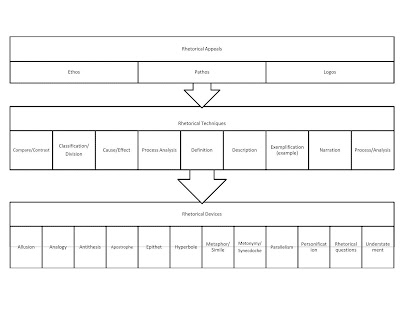Okay, lame title. I know. We do love our advertisements, though. I blame the media.
Quick overview for those interested:
I mentioned in class that postmodernism is a slippery term, as it means different things when applied to different aspects of culture. What we will be focusing on in relation to our books (DeLillo’s specifically, though Never Let Me Go has postmodern aspects as well) is the application of postmodern theory to consumerism. More specifically, the aspect of the consumer aura placed around an item, the item’s reproducibility, and how these apply to image consumerism. These can often be applied to White Noise: What is Jack’s position at the university? To what does Murray compare the supermarket? What do we think of Babette? And if you’ve read to part two: What is odd about the major event of this section (trying to be subtle here; don’t worry if you aren’t this far yet. We have plenty of time.)?
For Never Let Me Go: What is odd about the school that the students attend? How are they shaped by the rules and regulations? (More as we delve; much on identity. Everyone hates a spoiler.)
We briefly discussed the simulacrum as it applies here and generally. If you are having difficulty understanding the term, think Disneyland. In Introducing Postmodernism, there are four steps to Baudrillard’s (the name I was trying to remember earlier) outline of the progression into hyper-reality, where items become simulacra of simulacra:
- The image is a reflection of a basic reality
- The image masks and perverts a basic reality
- The image marks the absence of a basic reality
- The image becomes a postmodern simulacrum, bearing no resemblance to the object’s original purpose
If this is confusing, don’t worry. Postmodernism is a slippery term. We’ll discuss more in class. Just keep in mind: Does this apply to my life? Can I see these ideas in the world around me? What can/should I do about it?
Rhetoric is the art of persuasion. We want to know as much about that which persuades us as we do about how to persuade.
Fin.
 I will explain tomorrow, but basically, the techniques are made up of various devices (both rhetorical and literary), and can be used to appeal to the audience’s logic, emotions, or judgment of the speaker. If you want to look up anything unfamiliar on the chart, that would be a good thing. More discussion, less lecture.
I will explain tomorrow, but basically, the techniques are made up of various devices (both rhetorical and literary), and can be used to appeal to the audience’s logic, emotions, or judgment of the speaker. If you want to look up anything unfamiliar on the chart, that would be a good thing. More discussion, less lecture.